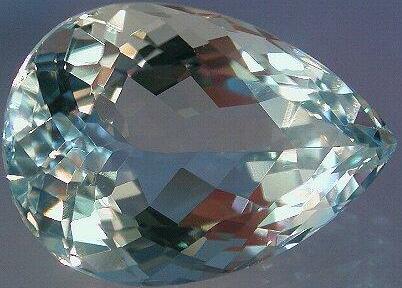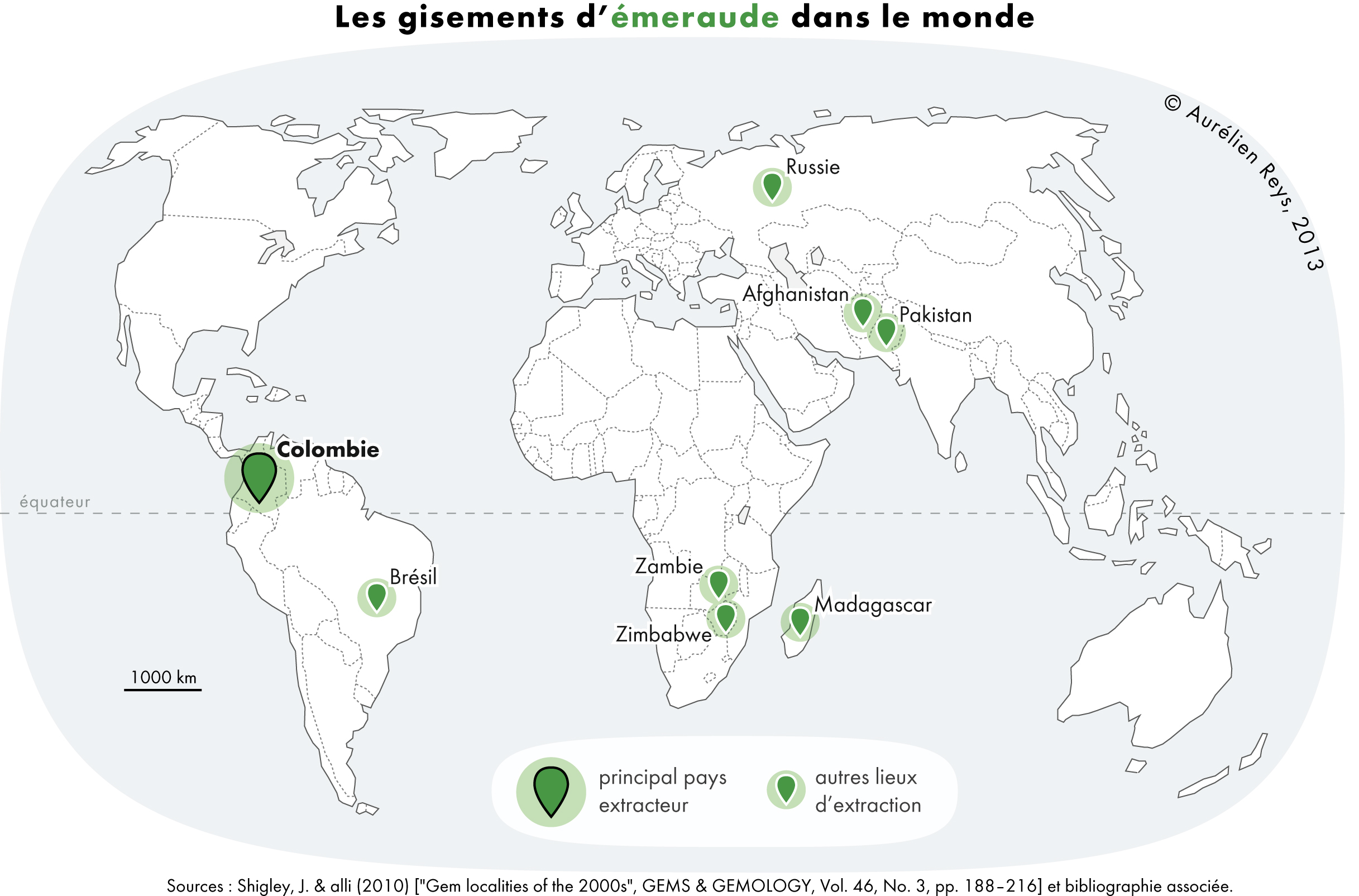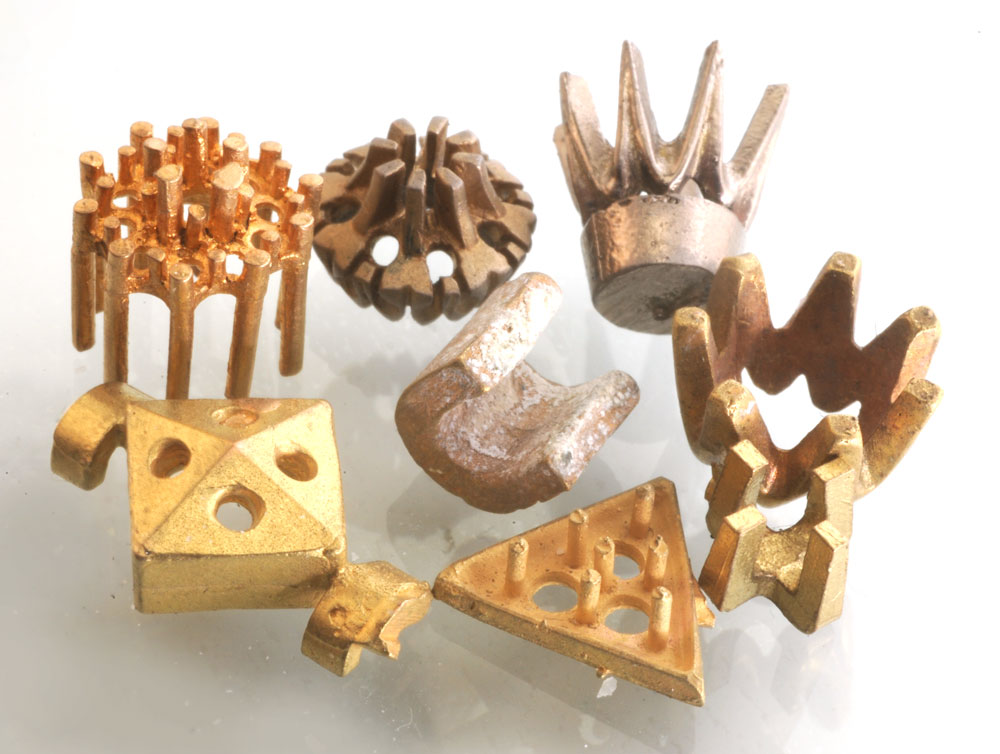|
Pendeloque Cut
A pendeloque cut or pear cut, is a pear-shaped modification of the round brilliant cut used for diamonds and other gemstones. The pendeloque cut is sometimes erroneously called briolette cut, another drop-shaped cutting design. While the briolette is a symmetrical drop shape, the pendeloque cut is flatter and has two different sides: one with a large table facet and one with a point or ridge. The top of a briolette is attached to the piece of jewelry, usually by a hole drilled in the stone, and a pendeloque cut stone needs to be mounted in a prong setting. The pendeloque is one of the drop cuts for gemstones. The Smithsonian Institution has a diamond pendeloque and briolette necklace presented by Napoleon Bonaparte in 1811 to his Empress consort Marie Louise. See also * Briolette * Cut (gems) A gemstone desired to be used in jewelry is cut, carved or made into a bead. The best quality rough is cut, also often referred to as faceting. This is done by a lapidary who decides ... [...More Info...] [...Related Items...] OR: [Wikipedia] [Google] [Baidu] |
Drop (liquid)
A drop or droplet is a small column of liquid, bounded completely or almost completely by free surfaces. A drop may form when liquid accumulates at the end of a tube or other surface boundary, producing a hanging drop called a pendant drop. Drops may also be formed by the condensation of a vapor or by Spray nozzle, atomization of a larger mass of solid. Water vapor will condense into droplets depending on the temperature. The temperature at which droplets form is called the dew point. Surface tension Liquid forms drops because it exhibits surface tension. A simple way to form a drop is to allow liquid to flow slowly from the lower end of a vertical tube of small diameter. The surface tension of the liquid causes the liquid to hang from the tube, forming a pendant. When the drop exceeds a certain size it is no longer stable and detaches itself. The falling liquid is also a drop held together by surface tension. Viscosity and pitch drop experiments Some substances that app ... [...More Info...] [...Related Items...] OR: [Wikipedia] [Google] [Baidu] |
Cut (gems)
A gemstone desired to be used in jewelry is cut, carved or made into a bead. The best quality rough is cut, also often referred to as faceting. This is done by a lapidary who decides how to reshape the gemstone using his knowledge of the refractive index of gemstones to maximise any particular crystal's colour or play of light. As a general rule, a cut gemstone will be reduced in mass (in carats) by about 50%. Among the several techniques used to work with gemstones are sawing, grinding, sanding, lapping, polishing, grilling, and tumbling. The diamond cut planning stage is a complex process that requires the cutter to work with unique rough stones. Very often, the location of the inclusions in a rough stone will determine the type of shape to which a diamond may be cut. For economic reasons, most diamonds are cut to retain weight instead of maximizing brilliance. How diamonds have been cut has evolved over time largely to technological advances. Types * Asscher cut * Bagu ... [...More Info...] [...Related Items...] OR: [Wikipedia] [Google] [Baidu] |
Briolette
A briolette is a style of gemstone cut (gems), cut. It is an elongated, mostly symmetrical along the main axel, pear shape covered with angular facets usually with a pointed end and no Girdle (gemstone), girdle. It is often drilled to hang as a bead. The name is also sometimes erroneously used for pendeloque cut gems. While the briolette is a symmetrical drop shape, the pendeloque cut is flatter and has two different sides: one with a large table facet and one with a point or ridge. The top of a briolette is attached to the piece of jewelry, usually by a hole drilled in the stone, and a pendeloque cut stone needs to be mounted in a prong setting. The briolette is one of the Drop (liquid)#Shape, drop cuts for gemstones. The briolette cut is said to have been designed by Belgian Lodewyk van Bercken in 1476. This cut requires a more advanced technique than the round cuts, like the Brilliant (diamond cut), brilliant cut, and results in a much larger loss of the original stone's wei ... [...More Info...] [...Related Items...] OR: [Wikipedia] [Google] [Baidu] |
Marie Louise, Duchess Of Parma
Marie Louise (Maria Ludovica Leopoldina Franziska Theresia Josepha Lucia; 12 December 1791 – 17 December 1847) was Duchess of Parma from 11 April 1814 until her death in 1847. She was Napoleon's second wife and as such Empress of the French and Queen of Italy from their marriage on 2 April 1810 until his abdication on 6 April 1814. As the eldest child of Francis II, Holy Roman Emperor and Emperor of Austria, and his second wife, Maria Theresa of Naples and Sicily, Marie Louise grew up during a period marked by ongoing and unceasing conflict between Austria and revolutionary France. A series of military defeats at the hands of Napoleon Bonaparte had inflicted a heavy human toll on Austria and led Francis to dissolve the Holy Roman Empire. The end of the War of the Fifth Coalition resulted in the marriage of Napoleon and Marie Louise in 1810, which ushered in a brief period of peace and friendship between Austria and the French Empire, much like prior alliances between the ... [...More Info...] [...Related Items...] OR: [Wikipedia] [Google] [Baidu] |
Napoleon
Napoleon Bonaparte (born Napoleone di Buonaparte; 15 August 1769 – 5 May 1821), later known by his regnal name Napoleon I, was a French general and statesman who rose to prominence during the French Revolution and led Military career of Napoleon, a series of military campaigns across Europe during the French Revolutionary and Napoleonic Wars from 1796 to 1815. He led the French First Republic, French Republic as French Consulate, First Consul from 1799 to 1804, then ruled the First French Empire, French Empire as Emperor of the French from 1804 to 1814, and briefly again in 1815. He was King of Italy, King of Kingdom of Italy (Napoleonic), Italy from 1805 to 1814 and Protector of the Confederation of the Rhine, Protector of the Confederation of the Rhine from 1806 to 1813. Born on the island of Corsica to a family of Italian origin, Napoleon moved to mainland France in 1779 and was commissioned as an officer in the French Royal Army in 1785. He supported the French Rev ... [...More Info...] [...Related Items...] OR: [Wikipedia] [Google] [Baidu] |
Napoleon Diamond Necklace
The Napoleon Diamond Necklace is a diamond necklace commissioned by Napoleon I of France c. 1811–1812 from the Parisian jeweler Marie-Étienne Nitot. It is now in the Smithsonian Institution, Smithsonian National Museum of Natural History in Washington, D.C. Description The Napoleon Diamond Necklace is somewhat atypical of other contemporary works produced by Marie-Étienne Nitot. Other pieces commissioned from him by Emperor Napoleon, such as the two parures celebrating the Emperor's marriage to Marie Louise, Duchess of Parma, Archduchess Marie Louise of Austria, the Marie Louise Diadem, the wedding jewels for Joséphine de Beauharnais, Empress Joséphine, etc., all demonstrate a predilection for highly decorative flourishes in the framework. These range from silver scrollwork and floral motifs to complex interwoven curves. In contrast, the Napoleon Diamond Necklace is relatively simple and elegant. It consists of a single silver thread, with gold settings containing 28 ... [...More Info...] [...Related Items...] OR: [Wikipedia] [Google] [Baidu] |
Smithsonian Institution
The Smithsonian Institution ( ), or simply the Smithsonian, is a group of museums, Education center, education and Research institute, research centers, created by the Federal government of the United States, U.S. government "for the increase and diffusion of knowledge". Founded on August 10, 1846, it operates as a trust instrumentality and is not formally a part of any of the Federal government of the United States#branches, three branches of the federal government. The institution is named after its founding donor, British scientist James Smithson. It was originally organized as the United States National Museum, but that name ceased to exist administratively in 1967. The Smithsonian Institution has historical holdings of over 157 million items, 21 museums, 21 libraries, 14 education and research centers, a zoo, and historical and architectural landmarks, mostly located in Washington, D.C. Additional facilities are located in Maryland, New York (state), New York, and Virg ... [...More Info...] [...Related Items...] OR: [Wikipedia] [Google] [Baidu] |
XO Group
The Knot Worldwide, formerly XO Group, The Knot Inc, and WeddingWire, Inc, is a global technology company that provides content, tools, products and services for couples who are planning weddings, organizing a celebration, and navigating pregnancy and parenting. In 2019, The Knot Worldwide was created by a merger between predecessors XO Group Inc. (formerly The Knot Inc.) and WeddingWire, Inc. The company operates in 16 countries and includes the following brands: The Knot, WeddingWire, Bodas.net, Hitched, The Bump, The Bash, WeddingPro, Matrimonio.com and others. As of August 2023, The Knot Worldwide has a user base of 35 million monthly visitors and its global wedding vendor marketplace connects approximately 4 million engaged couples annually with 850,000 vendors. History David Liu, his wife Carley Roney and their business partners, Rob Fassino, and Michael Wolfson founded The Knot Inc. in 1996. They found that the internet could facilitate and reduce anxiety in the proces ... [...More Info...] [...Related Items...] OR: [Wikipedia] [Google] [Baidu] |
Emerald Diamond Earrings
Emerald is a gemstone and a variety of the mineral beryl (Be3Al2(SiO3)6) colored green by trace amounts of chromium or sometimes vanadium.Hurlbut, Cornelius S. Jr., and Kammerling, Robert C. (1991). ''Gemology'', John Wiley & Sons, New York, p. 203, . Beryl has a hardness of 7.5–8 on the Mohs scale. Most emeralds have many inclusions, so their toughness (resistance to breakage) is classified as generally poor. Emerald is a cyclosilicate. Etymology The word "emerald" is derived (via and ), from Vulgar Latin: ''esmaralda/esmaraldus'', a variant of Latin ''smaragdus'', which was via (smáragdos; "green gem"). The Greek word may have a Semitic, Sanskrit or Persian origin. According to ''Webster's Dictionary'' the term emerald was first used in the 14th century. Properties determining value Emeralds, like all colored gemstones, are graded using four basic parameters known as "the four ''C''s": ''color'', ''clarity,'' ''cut'' and ''carat weight''. Normally, in grading c ... [...More Info...] [...Related Items...] OR: [Wikipedia] [Google] [Baidu] |
Prong Setting
Prong setting or prong mount refers to the use of metal projections or tines, called " prongs", to secure a gemstone to a piece of jewelry. A prong setting is one component of what is known to jewelers as a ''head'', a claw-shaped type of binding (typically three, four, or six individual prongs per head) that is welded or soldered to a jewelry item to mount (or "set") a gemstone to the jewelry item. A common setting for diamond engagement rings, the prong setting allows light to strike a gemstone from more angles, increasing its brilliance. Prong-setting engagement rings are sometimes referred to as Tiffany setting rings, although this is a trademarked term specifically used to describe prong setting rings sold by Tiffany & Co. A 2017, $19 million lawsuit confirmed the exclusive right of Tiffany & Co. to use the term "Tiffany" within the jewelry sales industry. The judgment was eventually overturned, and the parties made a confidential settlement. Characteristics General feat ... [...More Info...] [...Related Items...] OR: [Wikipedia] [Google] [Baidu] |
Facet
Facets () are flat faces on geometric shapes. The organization of naturally occurring facets was key to early developments in crystallography, since they reflect the underlying symmetry of the crystal structure. Gemstones commonly have facets cut into them in order to improve their appearance by allowing them to reflect light. The earliest diamond cutting techniques were simply to polish the natural shape of rough diamonds, often octahedral crystals. It wasn't until the 14th century that faceting, the process of cutting and polishing a gemstone to create multiple flat surfaces or facets, was first developed in Europe. Facet arrangements Of the hundreds of facet arrangements that have been used, the most famous is probably the round brilliant cut, used for diamond and many colored gemstones. This first early version of what would become the modern Brilliant Cut is said to have been devised by an Italian named Peruzzi, sometime in the late 17th century.Gems, 5th edition, Webster ... [...More Info...] [...Related Items...] OR: [Wikipedia] [Google] [Baidu] |







